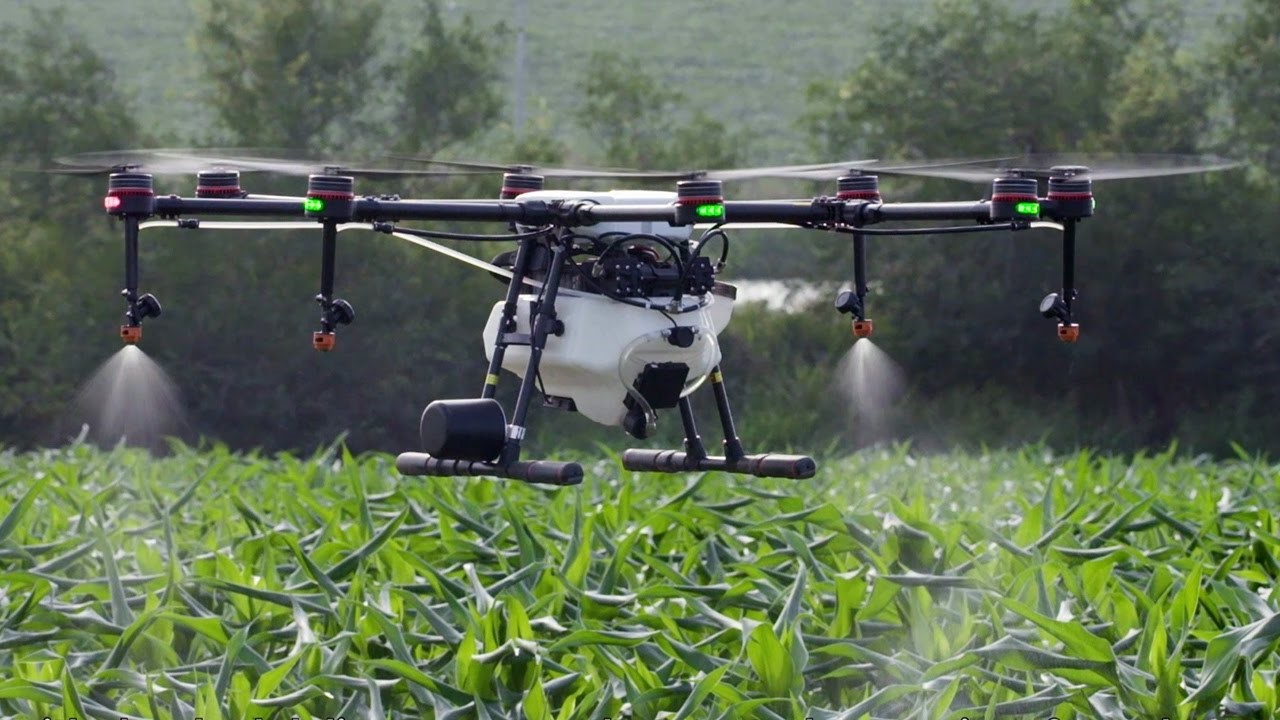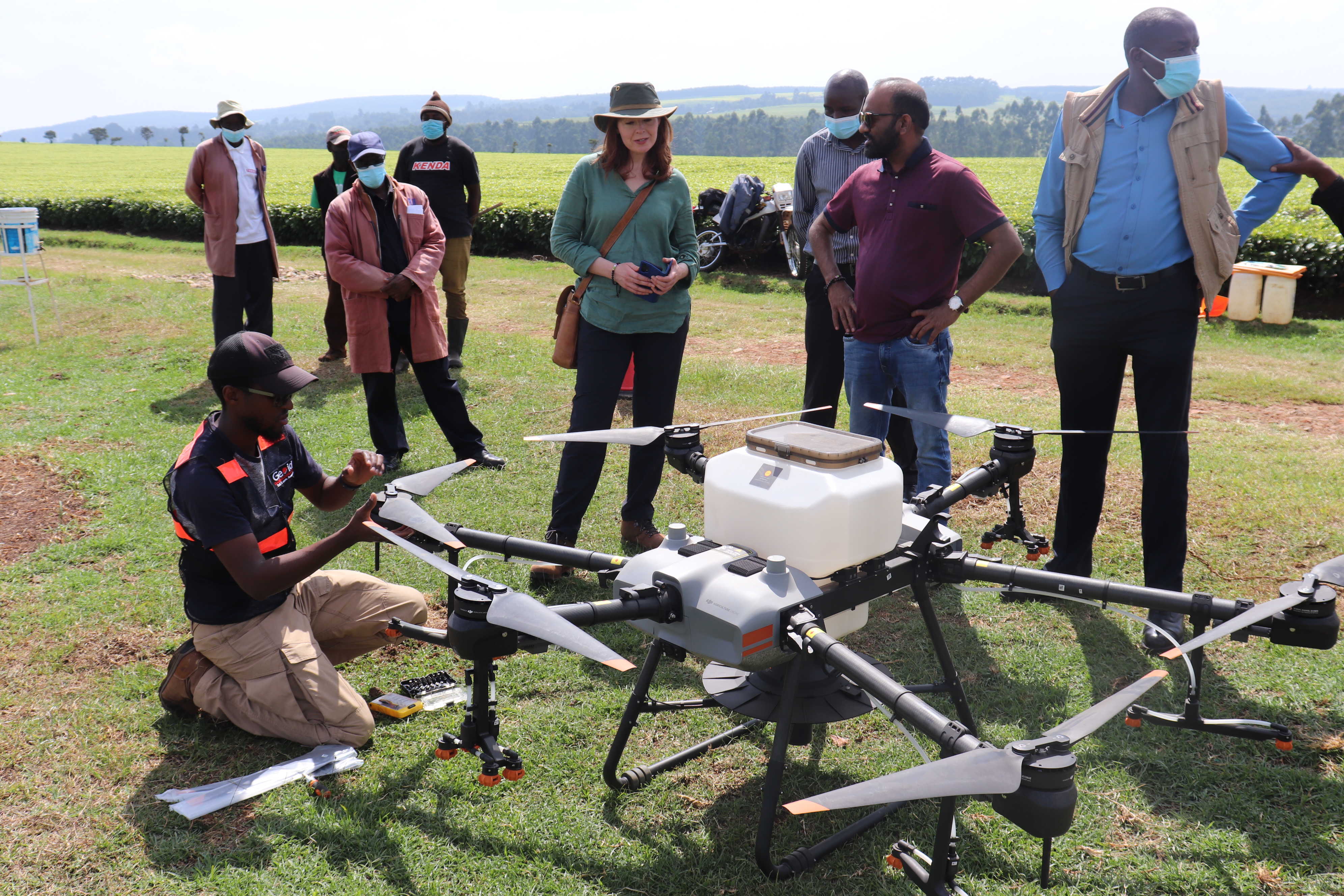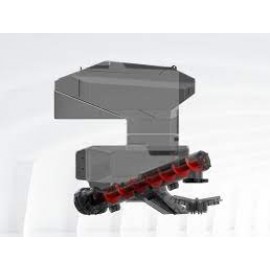What is the buzz about drones for agriculture?


Drones for smart farming
Technological revolution is upon
us. Drones, also known as Unmanned Aerial Vehicles(UAVs), are among the most
embraced tools of the fourth industrial revolution. In agriculture, a globally
leading economic sector, drones and robotics have found a significant place in
working towards sustainable practices and feeding of the increasing global
population.
The flying robots have very
significant roles in precision farming.
1. Planting
and Seeding
Drones can fly over a potential
planting zone to monitor the best areas for growth. They can then drop
biodegradable pods, filled with seed and nutrients, into the ground. Fertilizer
can also be applied by broadcasting granules on the farm. Drones are being used
in many parts of the world to plant rice, and in reforestation efforts.
Planting with drones means very
hard to reach areas can be replanted without endangering workers.
2. Crop
Spraying
Drones can cover large areas
quickly, applying liquids with great precision. Drones are flaunted as useful
flying farmhands because they are able to significantly improve the precision
with which fertilizers, pesticides or fungicides are applied. This is due to
their ability to spray specific volumes on GPS-defined routes through a
field.
3. Crop
Health Monitoring
Drones monitor crops accurately
using RGB, multispectral and hyperspectral sensors, offering key insights into
crop development, as well as highlighting inefficient and ineffective
practices. Early intervention provides timely remedy.
4. Field
Scouting
Drones can produce 3D maps which
help farmers make important decisions about seed planting pattern design and
nitrogen-level management, for example. This allows for precise application of
fertilizers, eliminating poor growing spots and improving soil health for years
to come Drone data can be used to extract soil characteristics - including
temperatures, moisture, and elevation - which helps more accurate soil
sampling.
All these drone uses translate to
economic value for the farmer, and more sustainable farming.

-270x270.jpg)


